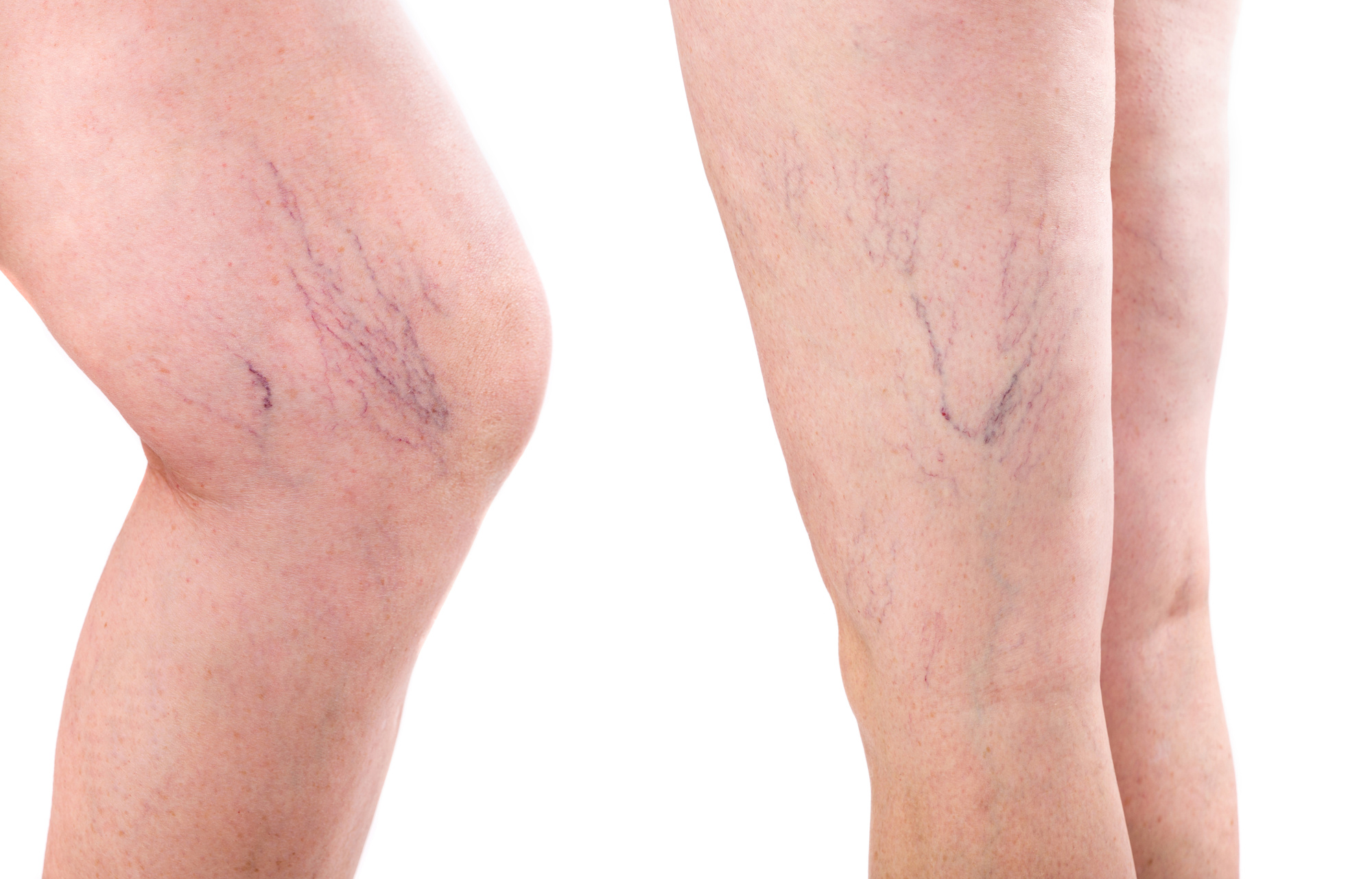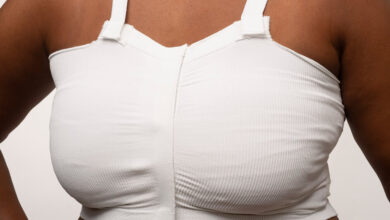
The Different Types of Varicose Veins That Are Diagnosed Today
Are you guilty of putting off medical appointments? You’re not alone. More than 30% of Americans admit that they’ve skipped doctor’s appointments because of stress and financial burdens, especially in the wake of the COVID-19 pandemic.
However, even if you haven’t been to the doctor in a while, you still need to pay attention to your body. For example, have you noticed varicose or spider veins show up? If so, you’re in the right place for guidance.
Keep reading to learn about the different types of varicose veins so you have a better idea of what vein treatment you might need when you do get back to the doctor.
Table of Contents
Spider Veins
Spider veins are tiny and usually less than 1mm in diameter. You’ll often notice them on your face or legs, and they look like thin lines or branches.
Spider veins can range in color, appearing red, blue, or even purple. In the legs, they usually appear when the valve in your veins weakens, and the blood struggles to flow correctly. When the blood pools up in the vein, it causes a bulge that branches out and results in branch-like spider veins.
In your face, excess sun damage can cause the tiny blood vessels to burst, resulting in small spider veins. Most of the time, you won’t notice any symptoms with these types of varicose veins, and you won’t need to seek vein therapy treatment unless it’s for cosmetic purposes.
Reticular Varicose Veins
Reticular veins also appear on the legs and face, but they’re larger than spider veins. Generally speaking, they range between 1mm and 3mm in diameter. Most of the time, these types of veins are blue or green in appearance.
Just like with spider veins, these appear when you have damaged or weakened veins. As the blood pools up inside them, the veins begin to dilate to the point that they’re noticeable underneath the skin.
Unfortunately, they’re usually accompanied by uncomfortable symptoms like burning, itching, and tenderness to the touch.
Varicose Veins
Varicose veins are much more serious than spider veins and reticular veins. These are larger than 3mm in diameter, and they’re usually dark purple or blue. Most distinctively, they can appear bulging and twisted, unlike reticular veins, which look flat.
Again, they form when your veins weaken and the blood pools up in the vein. The blood then becomes stagnant due to a lack of healthy blood flow, so it continues to accumulate, creating pressure within the vein that shows through the surface of the skin.
Varicose veins usually cause pain, burning, itching, and cramping, especially in the legs. If you notice these symptoms, you should find a doctor that specializes in varicose vein treatment as soon as possible before it gets worse.
Understanding the Different Types of Varicose Veins
Now that you’ve learned more about the different types of varicose veins, we hope you have a better idea of what to look for and when to visit the doctor.
Want to read more like this? We’ve got you covered! Check out our other health articles before you go.








